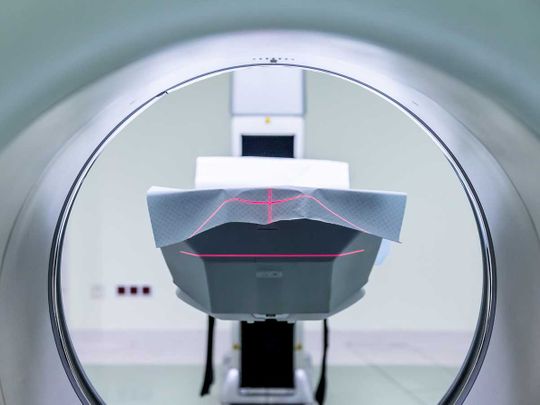
Washington DC: A group of researchers have used ensemble approaches focused on deep 3D analysis networks to answer the global MRI prevision challenge for young people.
In an international MRI-based teenage intelligence prediction competition, researchers from the Skoltech Center for Computational and Data-Intensive Science and Engineering (CDICE) came fourth. The results of their study by the Skoltech scientists were published in the journal Adolescent Brain Cognitive Development Neurocognitive Prediction.
In 2013, Teenage Brain Cognitive Development started first major research of its kind by the National Institutes of Health (NIH)-to assess whether or not teenage interests and behaviours have an effect on their future development.
Magnetic Resonance Imaging (MRI) is a common technique used to obtain images of human internal organs and tissues. Scientists wondered whether the intelligence level can be predicted from an MRI brain image. The NIH database contains a total of over 11,000 structural and functional MRI images of children aged 9-10.
NIH scientists launched an international competition, making the enormous NIH database available to a broad community for the first time ever. The participants were given the task of building a predictive model based on brain images.
Skoltech researchers concentrated in their recent study on the projection to the level of intelligence or the so-called dynamic intelligence that characterizes the nervous system's biological ability and has little in common with learned knowledge or skills. Importantly, both the fluid intelligence level and the target variable were predicted, regardless of age, gender, brain size or MRI scanner used.
"Our team develops deep learning methods for computer vision tasks in MRI data analysis, amongst other things. In this study, we applied ensembles of classifiers to 3D of super precision neural networks: with this approach, one can classify an image as it is, without first reducing its dimension and, therefore, without losing valuable information," explains CDISE PhD student, Ekaterina Kondratyeva.
The study results helped to discern the connection between the "fluid intelligence" of the infant and brain anatomy. Although the accurate prediction is less than perfect, the models produced during this competition will help to shed light on different aspects of adolescent development: cognitive, social, emotional and physical.












